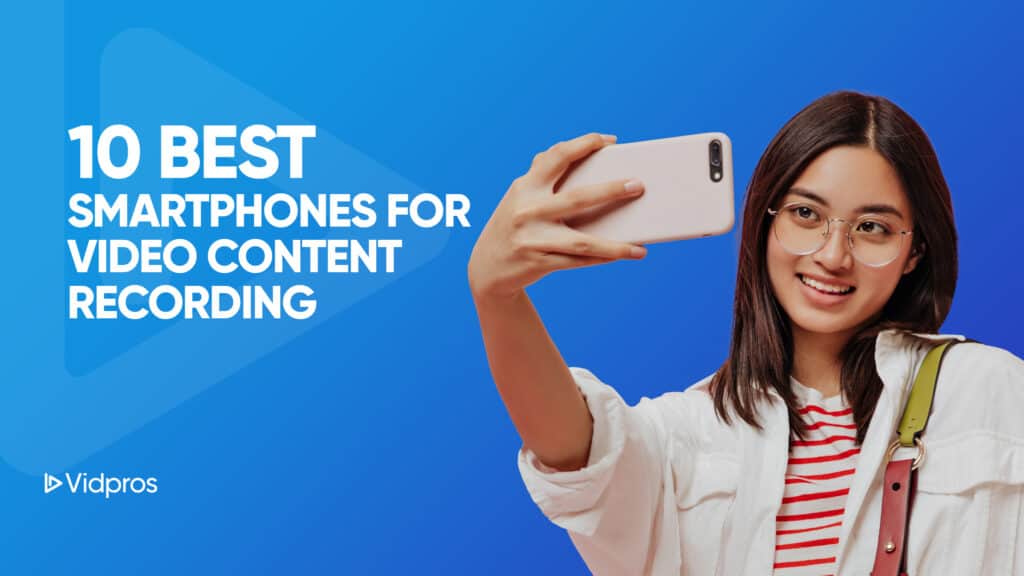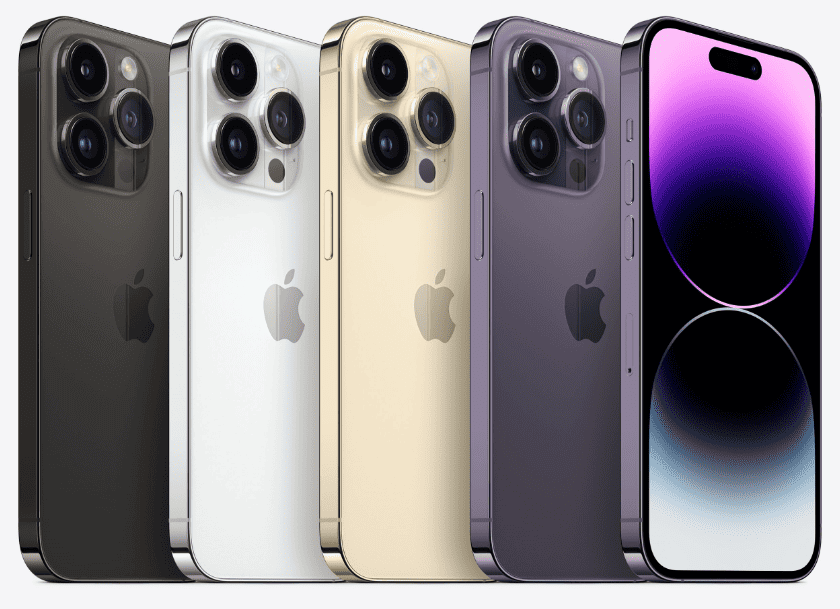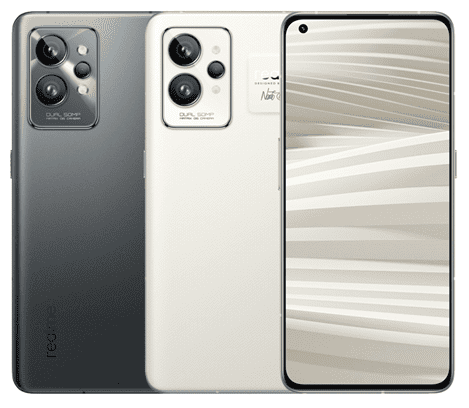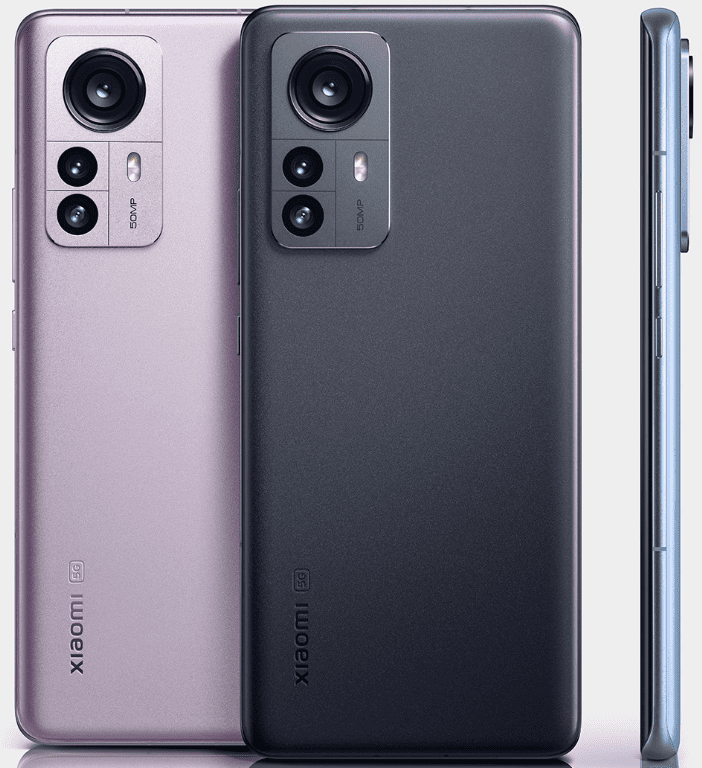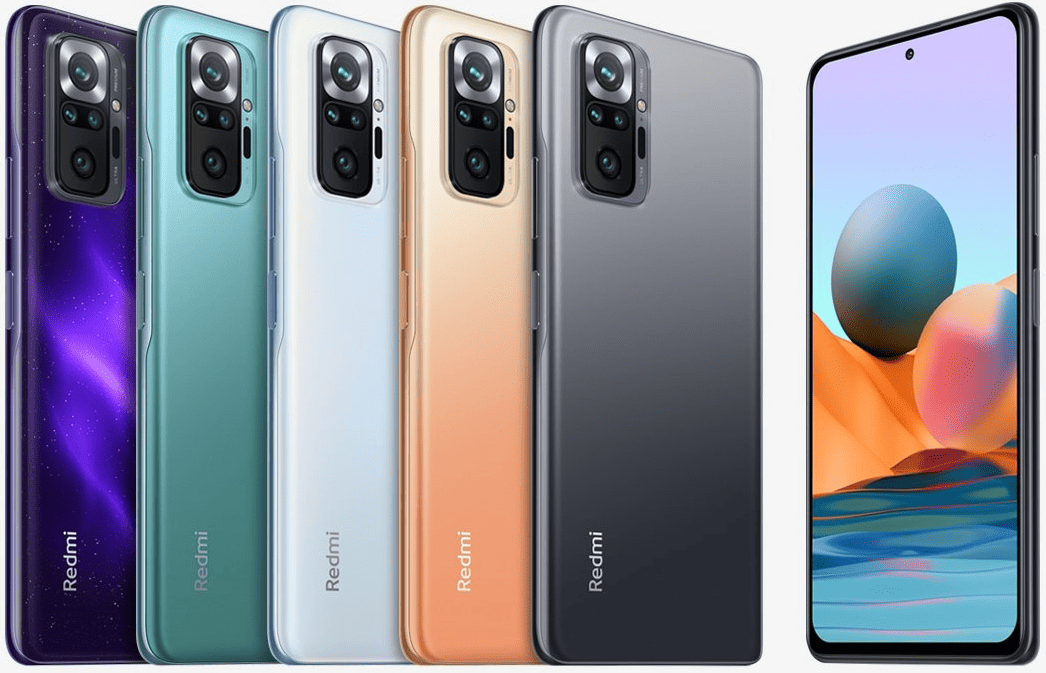This has been the most crucial question repeatedly asked, which has long eluded the best and most definite answer, “What is the best cell phone for camera use?”
With the intense competition in the mobile and telecommunications industry, there’s no telling which one will forever hold the spot of the best of the best due to the rapid turnover of technology and the constant evolution of smartphone devices.
But let’s face it, smartphones are the best for vlogging and producing videos, as well as video editing or a canvas for your creativity – the possibilities are endless.
Never before has the question of what is the best phone for making videos been more important to those wanting to purchase or update their current phone.
With video content predominating social media, there’s no denying smartphone manufacturers will always make every effort to outdo each other in the mobile arena.
As most smartphones were previously associated with still photography, video recording phones have been getting a lot of attention these days for good reasons.
You may be surprised that a phone’s camera quality does not always translate into excellent video capture.
This is because computing and visual signal processing are principally responsible for smartphone camera systems’ photo- and video-making functionality.
But make no mistake, the rundown for the best smartphones is a constantly changing list where you find less of the best camera cell phones 2021 from among the list that makes up the best cell phone cameras 2022.
Nonetheless, these devices’ features and capabilities would vary depending on their users’ preferences and needs, particularly video content creators.
The 10 Best Smartphones For Video Recording in 2022
The list is in no particular order simply because people always have individual preferences. So do video content creators who rely on phone features appropriate for them, as they say, different strokes for different folks.
The basis is on the phone’s hardware and features that match video-recording capabilities and its popularity among content creators.
Again, this list is not definitive but will guide anyone who may need the details provided for comparison and evaluation purposes.
In the end, it all boils down to user preference.
iPhone 14 Pro Max
https://www.apple.com/iphone-14-pro/specs/
It’s no surprise that Apple’s flagship phones have been consistently popular with filmmakers since the launch of the iPhone 5S.
There has been constant improvement between generations, and the iPhone 14 series continues this trend.
You get not only 4K resolution, 60 frames per second, and 10-bit HDR video capture, but you now get a more comprehensive ISO range for better low-light images, as with the 13 series.
The new variant features an Action Mode that is great for stabilizing images, regardless of whether you use a gimbal.
It is a game-changer for those who have struggled with shaky footage.
The fact that third-party manufacturers prioritize designing accessories for iPhones is a more general advantage of choosing an iPhone.
Due to iOS’s single platform, apps like Instagram and TikTok are optimized primarily for it, which generally means less quality loss due to compression or compatibility issues.
iPhone 13 Pro Max
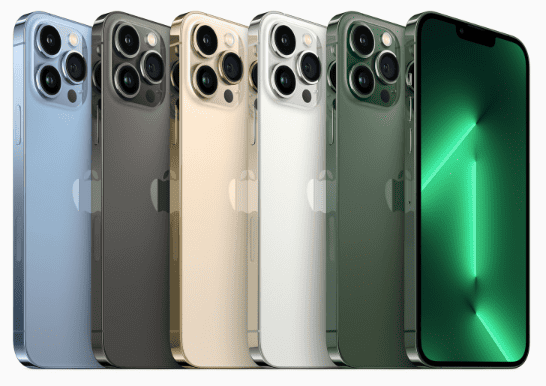
https://support.apple.com/kb/SP848?locale=en_US
As with its predecessors, Apple phones are often the phone of choice for video content creators.
Due to features such as optical image stabilization and 4K/60 10-bit HDR video capture, the Apple iPhone 13-series is undoubtedly one of the best models in its market segment.
Apple has focused on capturing neutral, true colors for photography and video to entice prospects who want more natural-looking video content.
A proprietary video codec that optimizes image quality and provides small file sizes for direct editing, called Apple ProRes is compatible with the iPhone 13 Pro Max.
It is also easier to edit videos on iPhones thanks to iMovie’s built-in editing software.
iPhones have this advantage over Android devices because Android doesn’t have a comparable, standardized feature.
Sony Xperia Pro-I
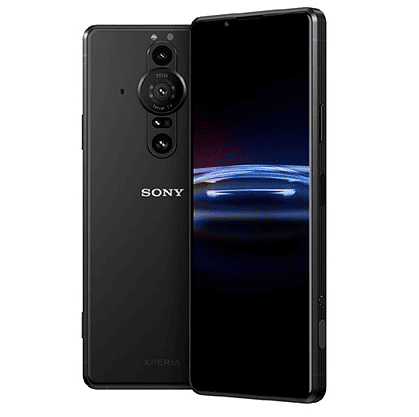
In an industry where many phones are merely modest variations of one another, the Sony Xperia Pro-I takes a different approach.
A physical aperture adjusts the lens’s f-stop from f2 to f4 on the Sony Xperia Pro-I, which also features optical image stabilization, subject tracking, and eye autofocus.
When using Videography Pro mode, you have complete control over exposure and focusing, allowing you to perform cinematic manual focus pulls.
In terms of its features, this device rewards users who take the time to utilize it fully.
Google Pixel 6 Pro
With its Tensor chipset, Google’s Pixel 6 Pro’s cameras capture stunning images and videos.
To date, the Pixel 6 Pro represents the best effort from Google to join in highly-contested mobile wars.
A pixel device is one of the most creative technologies used in computational imaging.
Google’s Pixel 6 Pro is the first phone with triple cameras.
With a sensor size of 1/1.31-inch and an equivalent focal length of 24mm, the primary camera offers 50MP.
Under most lighting conditions, the primary camera’s auto exposure consistently captures colors and details.
Moreover, the Pixel 6 Pro is comparable to the iPhone 13 Pro in terms of noise management and dynamic range performance.
Realme GT 2 Pro
One of the best-kept secrets on the Android phone market is Realme, a challenger brand that has quickly risen in the rankings.
Using the Snapdragon 8 Gen 1 chipset, Realme has made the GT 2 Pro one of the most competitive smartphones for photography and video.
Realme GT 2 Pro uses the same Sony IMX766 sensor as Oppo Find X5 Pro.
Its 150° ultra-wide camera is outstanding, as is the 150° ultra-wide camera on the OnePlus 10 Pro.
A top-notch smartphone with excellent video output, the Realme GT 2 Pro has top-of-the-line technology.
Samsung Galaxy S22 Ultra
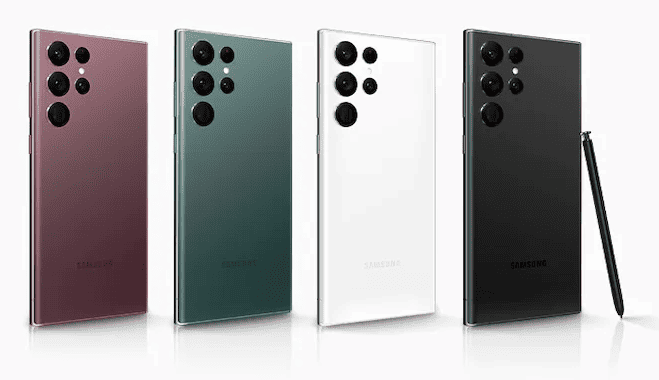
Samsung’s Galaxy S-series phones have significantly improved their video recording capabilities since the Galaxy S9 Plus was released.
A top choice for content producers, Samsung flagship handsets have continuously improved photography and video recording since the benchmark was introduced.
Optical image stabilization ensures bright, crisp, and stable video for the S22 Ultra.
Furthermore, it has a large battery capacity, making it ideal for those who use its cameras frequently.
Video performance and camera quality remain very competitive with their similar counterparts.
Oppo Find X5 Pro
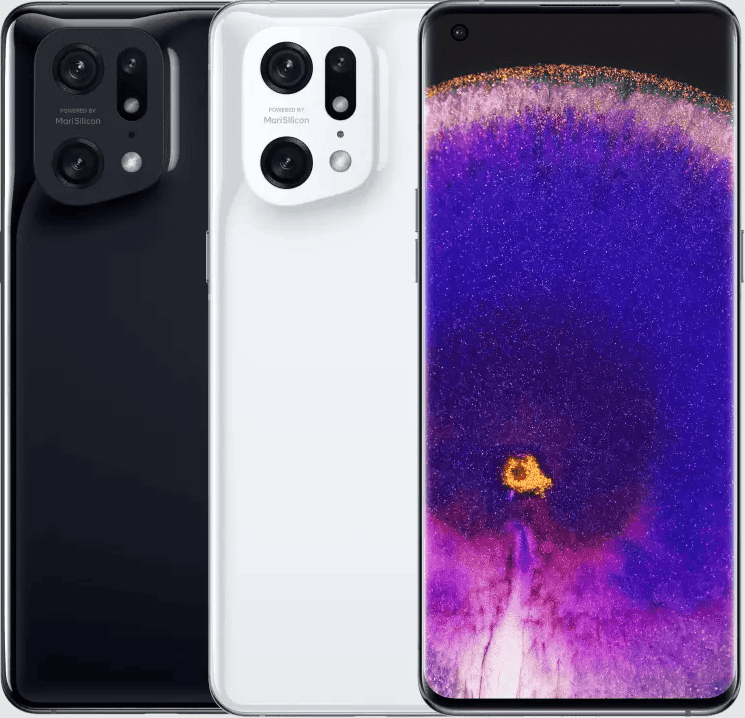
https://www.oppo.com/en/smartphones/series-find-x/find-x5-pro/specs/
Featuring a 50MP Sony IMX766 sensor and the company’s exclusive MariSilicon X chip, Oppo Find X5 Pro’s camera is designed to provide sharper, more color-rich, and noise-free images.
The primary camera can record slow-motion videos at 240 frames per second in 4K/60p or FullHD at 60p, but the front-facing or selfie camera only supports FullHD/30p.
Oppo Find X5 Pro’s neural processing unit also excels at autofocusing and auto exposure.
As it recognizes what it believes you are capturing, Find X5 Pro quickly adjusts the exposure to produce an appealing look based on what it thinks you are capturing.
Xiaomi 12 Pro
https://www.mi.com/global/product/xiaomi-12-pro/
A Sony IMX707 sensor powers the Xiaomi 12 Pro’s primary camera, which has three 50MP sensors.
It measures 1/1.28 inches, making it one of the most miniature camera sensors.
This camera also has a larger surface area for gathering light than the Samsung Galaxy S22 Ultra’s primary camera.
When it comes to video recording, the Xiaomi 12 Pro does a great job, especially in bright environments.
This phone can play 8K videos thanks to the Snapdragon 8 Gen 1 CPU, which is only found in a few phones.
Moreover, it produces beautiful 4K/60p video and offers efficient picture stabilization, so you can capture beautiful shots while walking or filming handheld.
Xiaomi Redmi Note 10 Pro
The Xiaomi Redmi Note 10 Pro is a wise choice if you’re looking for a tremendous video-making phone.
It’s hard to believe how affordable this phone is when you see its 120Hz OLED display, glass back, and sleek design for the first time.
The collection of cameras on this smartphone is its key selling feature since it can record videos up to 4K with the 108MP f/1.9 primary camera.
The macro camera does not disappoint; it captures sharp shots that would be significantly blurred on the phone in the same price range.
The night mode produces excellent images with minimal to no image noise.
If you want a decent video-quality smartphone at a reasonable price, this is the one you should choose.
Samsung Galaxy S21 Ultra
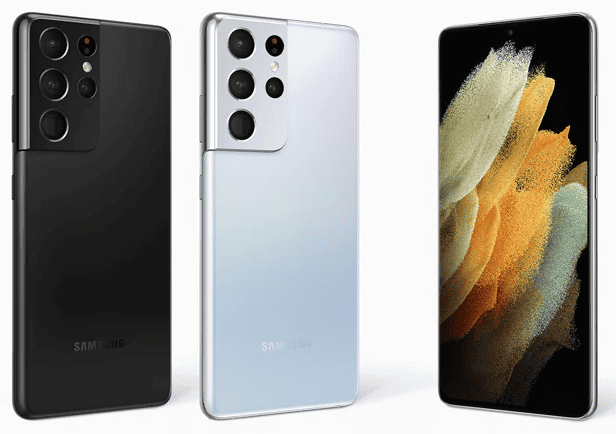
One of the most significant advantages of the Samsung Galaxy S21 Ultra is its high-quality camera, which offers a 100x maximum zoom, unmatched by any Android or iOS device available today.
However, even though the image becomes blurry in this mode, such zooming is possible, making the device unique.
Wildlife enthusiasts may find the feature useful for capturing wildlife on film.
In addition to recording video in 4K and 8K at 60 frames per second, the Galaxy S21 Ultra can also record video in 3D. The front camera can also capture 4K at 60 frames per second.
The 40 MP camera allows you to take more appealing portrait selfies.
As a result, Samsung phones make excellent cameras and video recorders.
Conclusion
Manufacturers continue to add new shooting modes and editing features to their native camera apps.
Nevertheless, many mobile videographers swear by their favorite camera app.
Check that the apps you need are available on your new platform if you’re considering switching from Apple to Android or vice versa.
You’ll need to ensure your editing tools are available on your phone if you plan to edit footage on it.
You should also ensure your favorite editing app supports both platforms if you can’t live without a specific feature.
There are sometimes differences in the features offered by the same app based on the version.
In selecting a new smartphone, many factors must be considered – carrier availability, operating system preference, and price – but the camera is the most crucial factor for videographers, filmmakers, and photographers.
It is undoubtedly true that smartphones can assist professionals with their production if they are equipped with the right features.
Table of Contents

A Revealing VidIQ Review: Conquer YouTube with Confidence
VidIQ is an essential tool for YouTube creators. It assists in discovering trendy topics, creating superior videos, and increasing your channel’s growth rate. VidIQ’s dominant
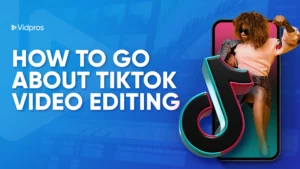
How to Go About TikTok Video Editing
TikTok is undoubtedly one of the most popular social media platforms in the world. Aside from sharing videos for entertainment purposes, this platform is also

Expand Your YouTube Channel: A Comprehensive TubeBuddy Review
TubeBuddy is a tool that assists YouTube creators in growing their channels by providing features such as keyword research, video optimization tools, content planning, and

Editing Videos for TikTok Influencers
For TikTok influencers, editing videos is the most important step in the process. Maintaining consistency is key for an influencer to rise through the ranks
Developing your content delivery strategies is critical. Reach out to us and we can help you get started.

